|
So maybe you're getting into making patterns. If you're enjoying it, there are many tools that really help. You don't need absolutely need them, but the right tool can make your work much easier. Tracing wheels are great tools for marking out your lines. Pin the piece of clothing down to your paper and use the wheel to press along your seam lines. Presto! You now have instant seam lines that are easy to read. Tracing wheels come in all kinds, from a smooth wheel to the extremely spiky. Pick the one that will do the least amount of damage to your fabric. The spiked tracing wheel is my favorite. Do you really want good clean lines? Invest in some specialty rulers. They help you make your angles clean and your curves smooth and pretty. From top to bottom, there's an L-square ruler, which helps with right angles and straight lines. Next there is a plain metal ruler and a 2" x 18" gridded clear plastic ruler. Those both help make nice straight lines and to draw in seam allowances. next is the clear plastic French curve. That round head helps make nice arm and neck hole shapes and the rest of it makes smooth curves of all kinds. On top is a clear plastic hip curve with a gridded straight ruler built in, useful for hip shapes, curved seams, and straight lines. Curved rulers make those "pretty curves" I mentioned in so many of the earlier tutorials. Line them up to your pin marks or tracing lines and use them to guide your hand so you can easily draw smooth lines. Safety blades are great for cutting patterns out. You can use retractable blades or standard safety blades. They make the process fast and easy on your hands, and you can use the metal rulers as a guide for clean and beautiful lines. Just remember to use a large piece of cardboard or a cutting mat underneath your paper! You can do serious damage to your tables and ironing boards otherwise. (I speak from sad experience.) On the left is a cutting mat. Cutting mats are great if you have room for them and can afford them. Most of my patterns don't fit on my mats, and full table sized mats are expensive. Sheets of cardboard or broken down boxes work pretty well in a pinch, so don't buy this unless you're really going to do a lot of cutting. If you've got the room and the cash, though, they can be a life and tabletop saver.
On the right is a pattern notcher, which will make nice, clean notches in your patterns. Notches are the road signs on your patterns: the little marks that tell you where to pay attention. A notcher can be easier on your hands than using scissors. They're not necessary, but they are fabulous. All of these tools are nice to have, but don't let the cost or the details scare you off. You don't need most of them, and you can find used tools for cheap. Check out places like Craigslist or Freecycle, ask if you can borrow a friend's tools, or make friends with a tailor. Honestly, DIY can be more fun with friends.
0 Comments
Your comment will be posted after it is approved.
Leave a Reply. |
A. Laura Brody
I re*make mobility devices and materials and give them new lives. Sometimes I staple drape. Archives
June 2024
|
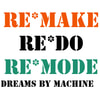
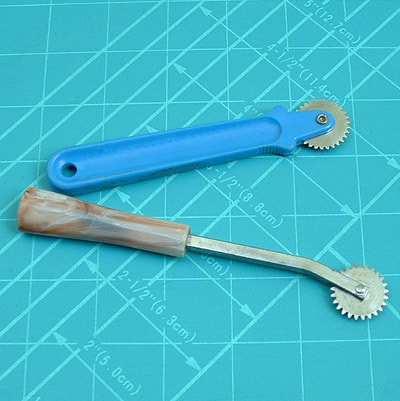
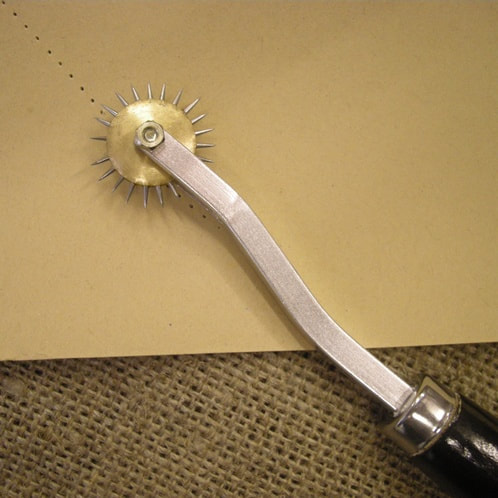
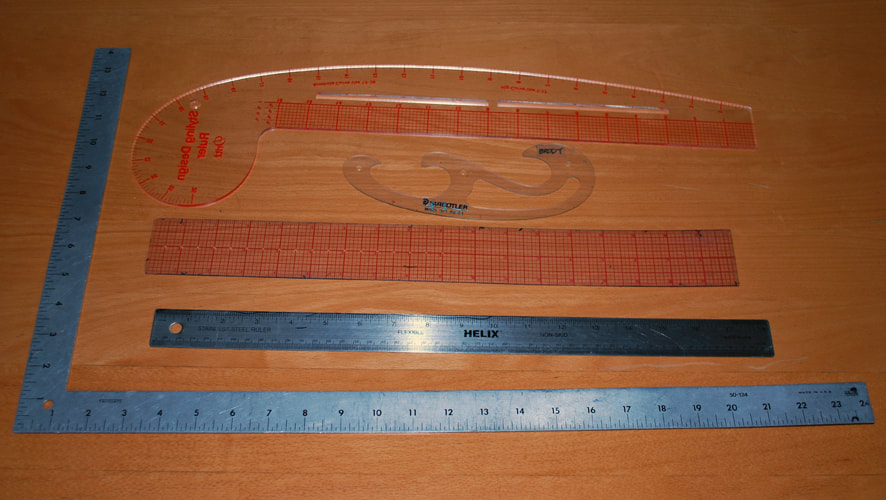
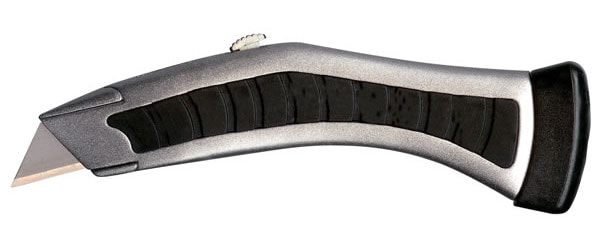
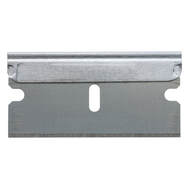
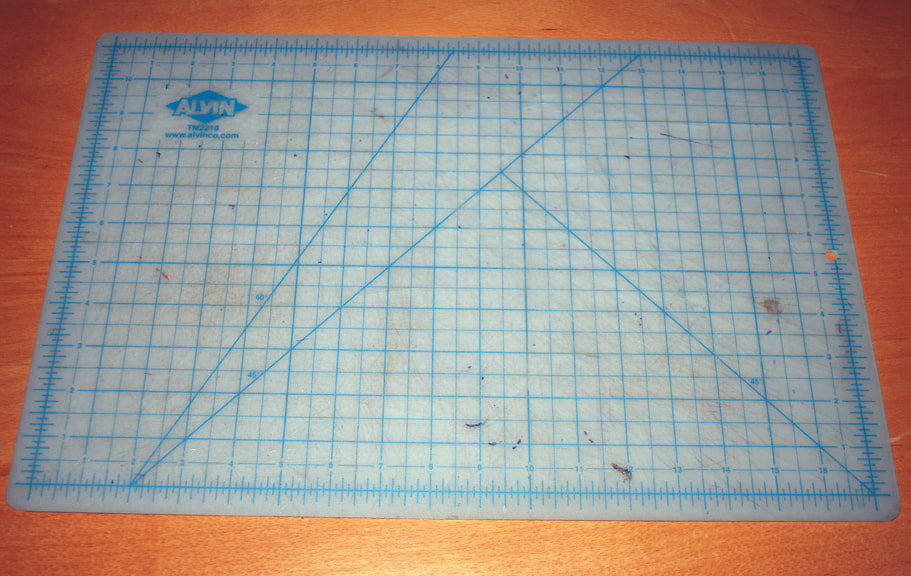
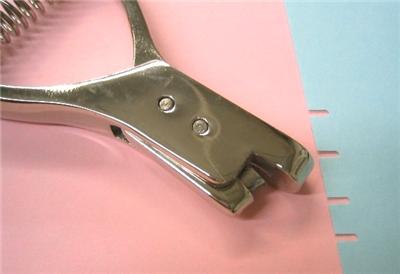
 RSS Feed
RSS Feed